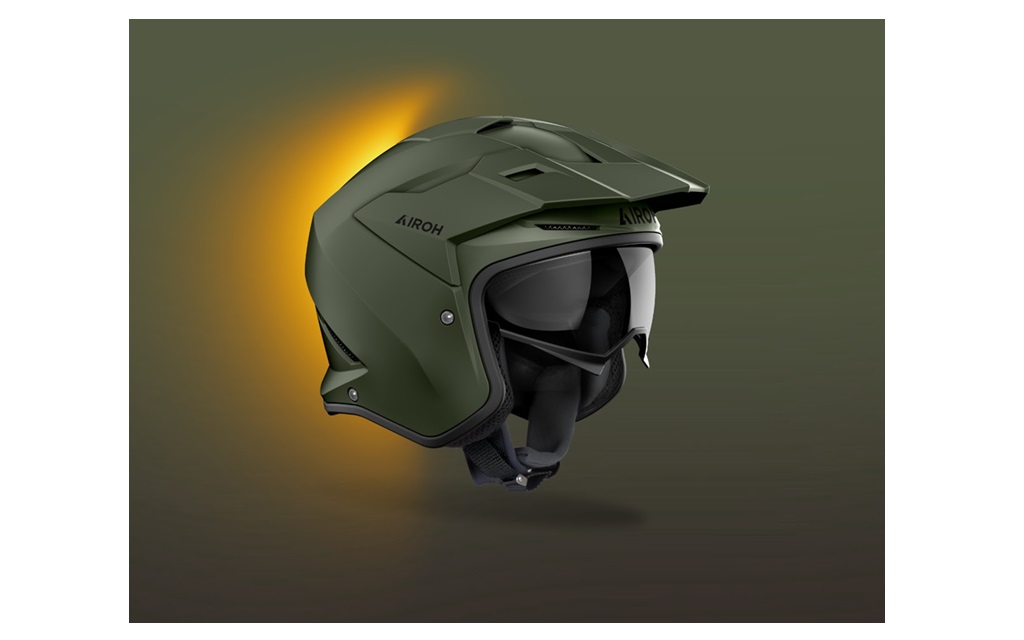Back in 2003, I was assigned a new motorcycle project at Yamaha. Known internally by a random letter/number code, it was a design for an all-new 660 cc adventure model that would, eventually, become the European market XTZ Ténéré. I left Yamaha midway through the very difficult gestation of that motorcycle. But in the year and a half that I worked on it I dove deep into the adventure motorcycle medium.
That was 15 years ago, before the entire industry went insane for the so-called “SUV of motorcycles.” Back then, BMW was a motorcycle company on life support with a reputation for selling unreliable, overpriced touring bikes for retirees. Ducati was near bankruptcy for the third time. Harley-Davidson was selling half a million land yachts per year. And KTM was a niche brand of motocross bikes that didn’t do particularly well in motocross. In other words, it was an industry of predictability.
I moved on, and the Ténéré was launched in 2007 to no applause whatsoever, but I sensed a sea change in the industry. KTM won the Dakar rally every year after 2005 with their 660 cc model, and an obscure British television documentary series about two middle-aged men riding around the world on BMW GS1200s sparked dreams of adventure motorcycling in millions of bored people.
BMW scored the greatest publicity coup in motorcycle history when they donated three GS1200s to movie star Ewan McGreggor’s The Wrong Way Round show. Those heavy, expensive and unreliable motorcycles did more to promote adventure motorcycling than all the Dakar victories or ad dollars of the rest of the industry combined.
Before that show, the GS was the best selling large adventure bike in a non-existent large adventure market. The GS was the best selling motorcycle in one market only: Italy, because it was a status symbol in Milan among rich people. Outside of that niche, it was a flop. No one made dual sport motorcycles over 660 cc because they made no sense. Too heavy for serious off-road work on the one hand, and too crude to compete with full touring models like BMW’s own RT or the Honda ST1300. Real adventure motorcyclists regularly went trekking around the world on 400 cc or 650 cc single cylinder rigs, while thousands plied the roads of the Himalayas on 20 hp Royal Enfield Bullets.
But BMW smelled money, and went full adventure on the whole lineup. Over the next few years I watched as GS sales skyrocketed from about 15,000 units a year to 10 times that number, and the GS styling formula (and it was rarely more than just styling) was applied liberally to BMW models from 310 cc to 850 cc. Muddy colours, high mounted fenders and rally graphics all around.
Since 2012 every brand in existence has followed lemming-like in BMW’s wake. Companies with no resources or technical skill in off-road motorcycling like Moto-Guzzi, Ducati, and now Harley-Davidson are into adventure motorcycles. None of them can do any actual adventuring, but that is beside the point. No one will ever take a Chevrolet Equinox SUV or BMW X3 down a rutted logging road, because sane people understand those are cars pretending to be jeeps. The same is true for owners of a Ducati Multistrada, Moto-Guzzi Stelvio or BMW F750GS. Take those bikes on a three day off-road trip and you will break them in half.
The adventure motorcycle is not the SUV of motorcycling, it is the crossover of motorcycling. It looks like a tough, rough and ready, survival accessory but is in fact a comfortable commuter tool. Just like that early 2000s-era BMW GS1200 that was so popular in Milan. Those wealthy business men liked the GS because you could ride it through the chaos of a European city in rush hour in second gear, and not scuff their $500 loafers by needlessly shifting. The bike’s tall and wide ergonomics gave a commanding view over the FIATs and Renaults crawling along the avenues. But mostly, the large blue and white BMW roundels on the tank telegraphed to a stunned world that these men could spend €18,000, the average working class annual salary in Italy, on a commuter vehicle.
Today in Canada we enjoy the benefits of this strange tale. In our vast and untamed land we can chose from a stunning variety of amazingly capable and affordable adventure motorcycles that can, and do, make exploring Canada possible in ways unimaginable a few years ago. Each summer in my camping travels I am stunned by how adventure motorcycles have taken over. Suzuki V-Stroms rule, with significant representation from Honda Africa Twins, Kawasaki KLRs, and all the new little contenders like the Honda CRF250L, Kawasaki Versys 300 and Suzuki DR family.
And of course, there are the BMW GS riders. Replete with aluminum hard cases, stickered up to show where they’ve been, these beasts can be seen outside boutique eateries and in middle class hotel parking lots from coast to coast. I congratulate BMW on their success. To be sure, the GS is BMW now, representing more than two thirds of the company’s unit sales and, it has to be said, the only reason the adventure bike exists in the motorcycle business.






